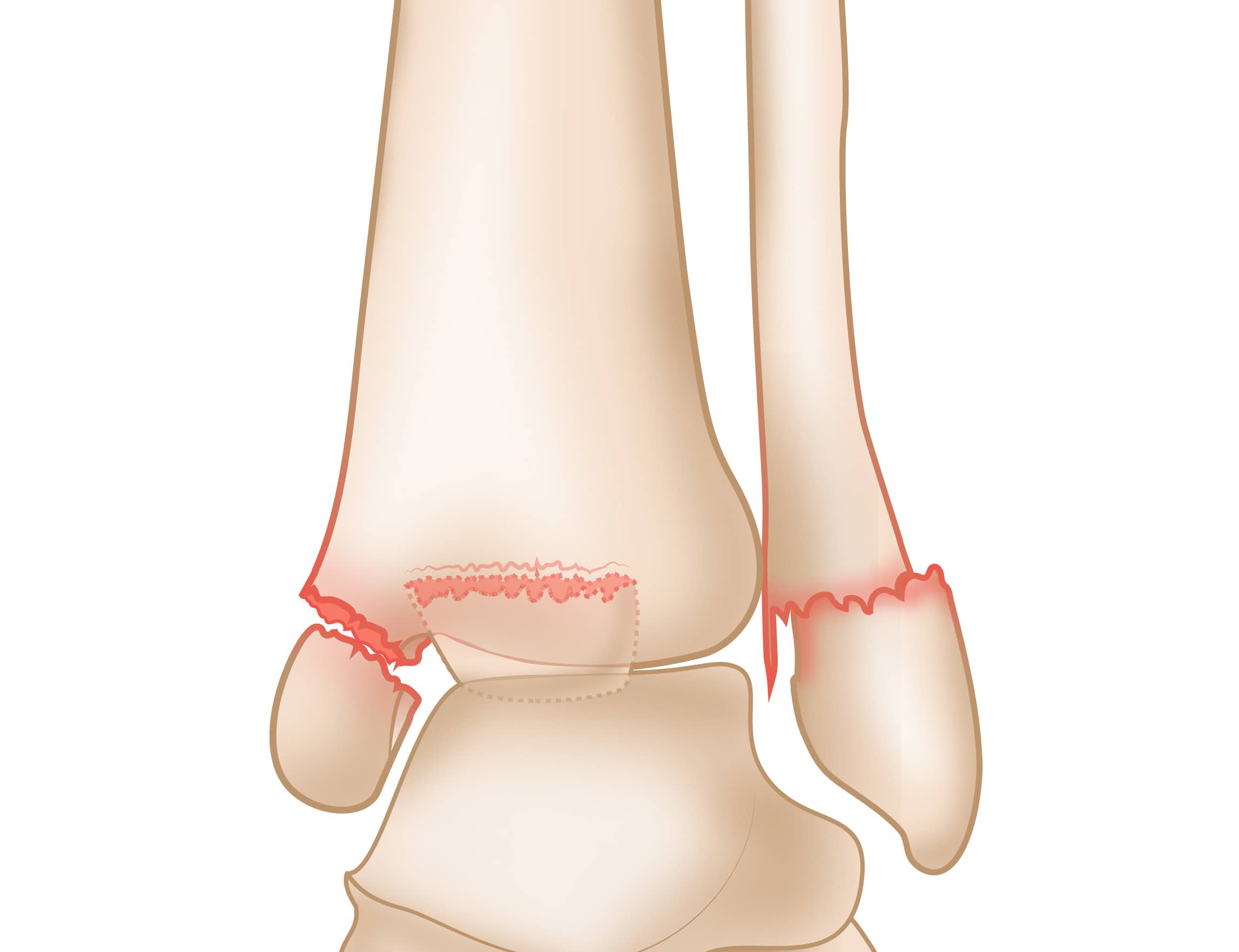Symptoms of an ankle fracture may include severe pain, swelling, bruising, difficulty bearing weight on the affected ankle, and sometimes deformity or misalignment of the ankle joint.
Treatment for an ankle fracture depends on the severity and type of fracture. It may involve one or more of the following:
- Immobilization: To allow the bones to heal, your doctor may recommend immobilizing the ankle using a cast, a brace, or a splint. You might need crutches to assist with walking and to keep weight off the injured ankle.
- Medications: Over-the-counter pain relievers like acetaminophen or nonsteroidal anti-inflammatory drugs (NSAIDs) can help manage pain and reduce inflammation. Your doctor may also prescribe stronger pain medications if needed.
- Physical therapy: Once the initial healing phase has passed, your doctor may recommend physical therapy. Physical therapy exercises can help restore strength, flexibility, and range of motion in the ankle.
- Surgery: In some cases, surgery may be necessary, particularly for complex fractures or fractures that involve significant displacement of the bones. Surgical options may include the use of plates, screws, or rods to stabilize the bones and facilitate proper healing.
Recovery time for an ankle fracture can vary depending on the severity of the fracture and the individual’s healing process. It may take several weeks to several months for the bones to heal completely. During the recovery period, it’s crucial to follow your doctor’s instructions, take any prescribed medications, attend physical therapy sessions if recommended, and avoid putting weight on the injured ankle until given permission by your healthcare provider.
Remember to consult with a medical professional who can provide you with personalized advice and guidance based on your specific situation.



